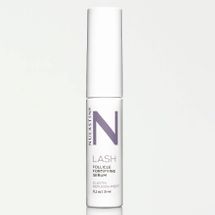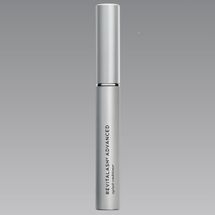
This column first ran in Valerie Monroe’s newsletter, How Not to F*ck Up Your Face, which you can subscribe to on Substack.
I’ve been thinking lately about what I’m calling “good enough” aging.
Maybe you’re familiar with psychologist and pediatrician D.W. Winnicott’s concept of “good enough” mothering. If not, here it is in a nutshell:
Winnicott proposed that at first a new mother is completely devoted to her infant’s needs and submits to her every cry. As the baby matures, the mother allows her to experience small frustrations by responding not immediately but consistently, and the baby learns to manage slightly postponed responses (a “good enough” strategy). The baby learns both to trust a relationship and to manage for herself when help isn’t immediately available. In other words, in being “good enough,” the mother delivers exactly what the baby needs.
I’m not saying we’re all babies about aging — or am I? Maybe so, because aging successfully or happily requires adapting to a changing concept of the self. Bottom line: It’s a finite one, at least in the physical realm. And if we’re to nurture ourselves through our transformation, I think we could use a similar kind of gentle strategy to the one Winnicott suggests. Let it in a bit at a time. In the beauty arena, if that means taking steps — however incidental or invasive — to ease your way into senescence, why not? The critical piece is that you’re conscious of your motivation and that it is your strategy, not an unmindful adherence to an impossible beauty ideal.
Speaking of seeing clearly, here’s a reader query.
Q: Do people still dye their eyelashes? Mine have gotten very thin, and when I wear mascara (actually, when I remove it), I’m afraid I’ll pull more out. I’m wondering if dyeing is an option.
A: First, I want to suggest that you try a gentler eye-makeup remover if you’re concerned the one you’re using is damaging your lashes. Second, to answer the important question about allowing potentially harmful chemicals near your eyeballs, I turned to dermatologist Dr. Heidi Waldorf.
She was as emphatic as if she thought you were about to dash into a lash-dyeing salon. “The reader should NOT dye her eyelashes,” she wrote in an immediate response to my email. Why not? “There are no color dyes approved by the FDA for eyelash tinting,” she said. The use of permanent dye on eyelashes is illegal, but semi-permanent dyes are allowed in some states. However, just because it can be done doesn’t mean it should be, said Dr. Waldorf. Why not? Without FDA approval, there is no regulation of either permanent or semi-permanent dyes. Furthermore, in states where it’s prohibited, cosmetology schools can’t teach it.
Maybe you’ve been dyeing your lashes (or having them dyed in a salon) for ages. I’m guessing you may imagine — and why not? — the risks involved. In case you can’t, Dr. Waldorf will kindly fill you in: They include corneal ulceration and blindness. Less serious but more common complications are contact dermatitis of the eyelids, with swelling, skin redness and erosions, and conjunctivitis.
What to do instead of dyeing? Waldorf recommends a lash-lengthening or “conditioning” product; some of these not only lengthen but also darken the lashes. She suggests Nulastin and Revitalash. For more about lash serums, along with considerations — if you’re feeling fancy — about fake lashes applied in a salon, cast your eyes on this post.
Lash-Enhancing Products
Originally published on January 17, 2023.
Valerie Monroe was beauty director at O, The Oprah Magazine, where she wrote the monthly “Ask Val” column for nearly 16 years. Now she writes the weekly newsletter How Not to F*ck Up Your Face. Her goal continues to be to shift our thinking in the beauty arena from self-criticism to self-compassion and to learn how to be loving witnesses to ourselves and one another as we age.
More From This Series
- I’m 60 and My Retinol-Based Routine Stopped Working. What Do I Do?
- I Can’t Take My Eyes Off Donatella Versace’s New Look
- What to Do When When Eyeglasses Leave Their Mark




